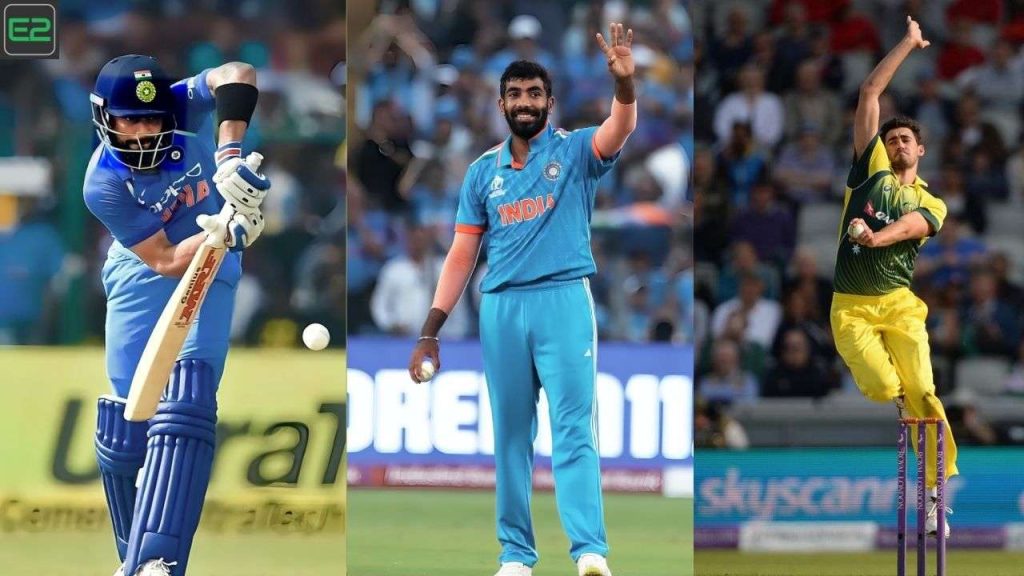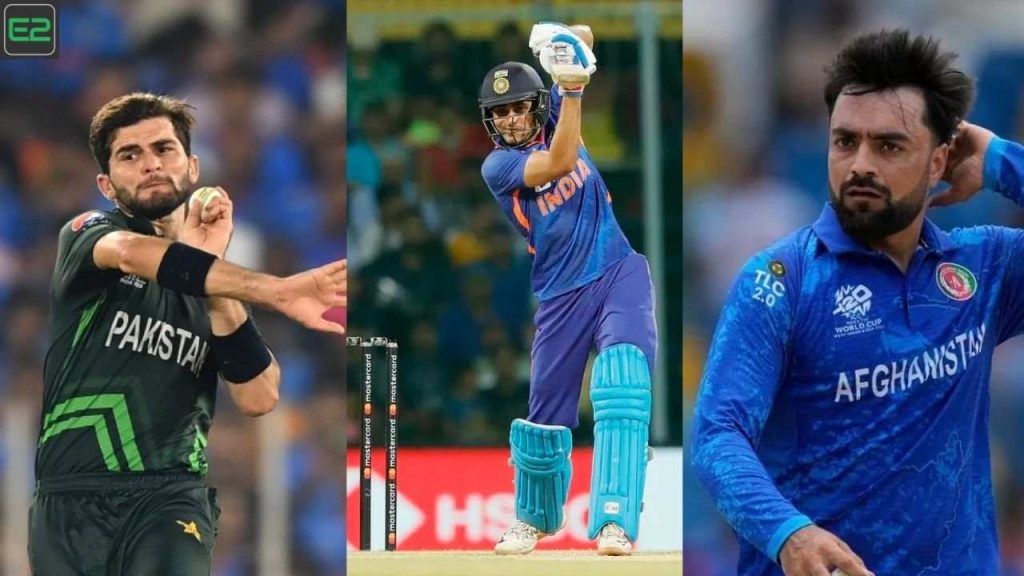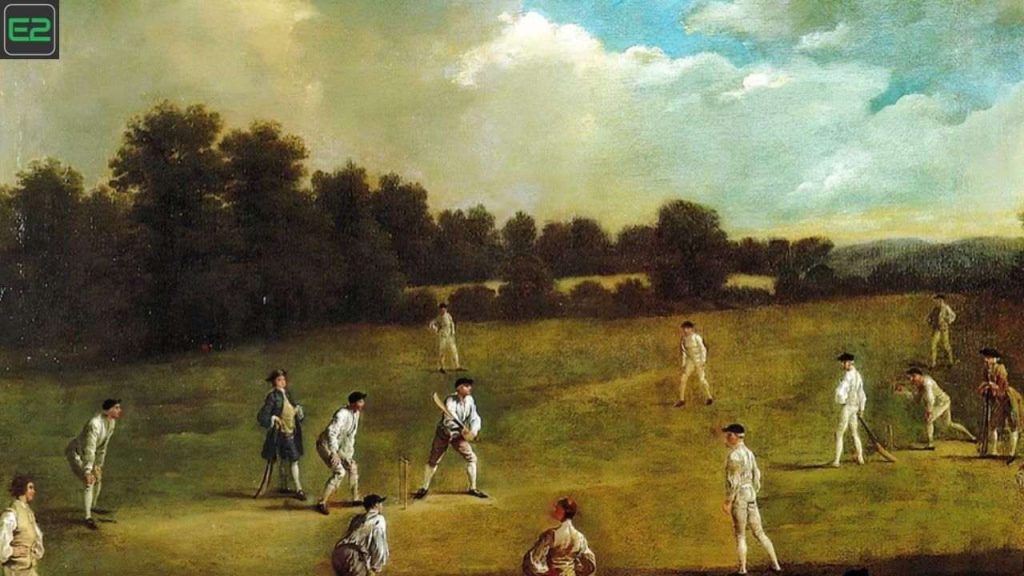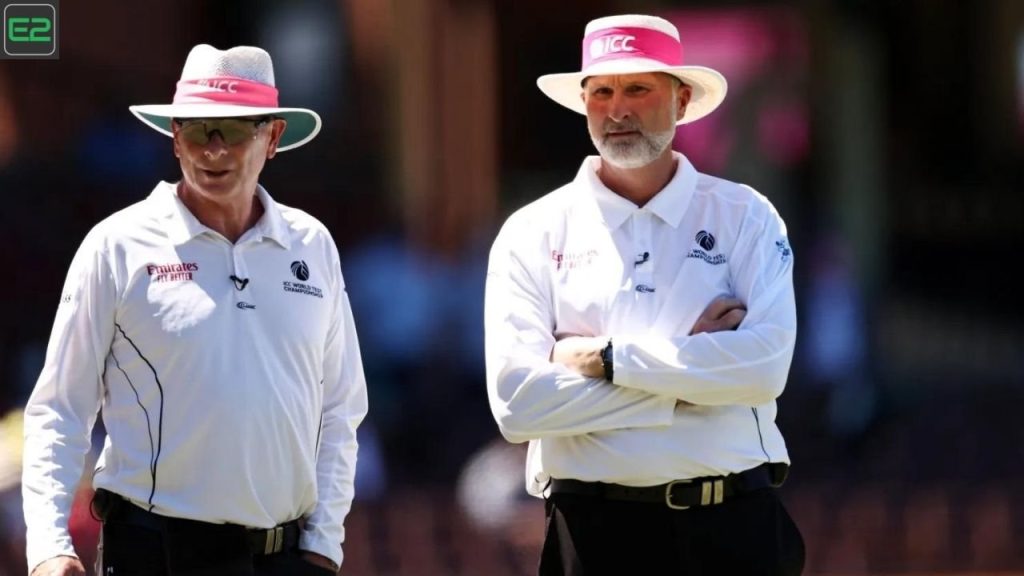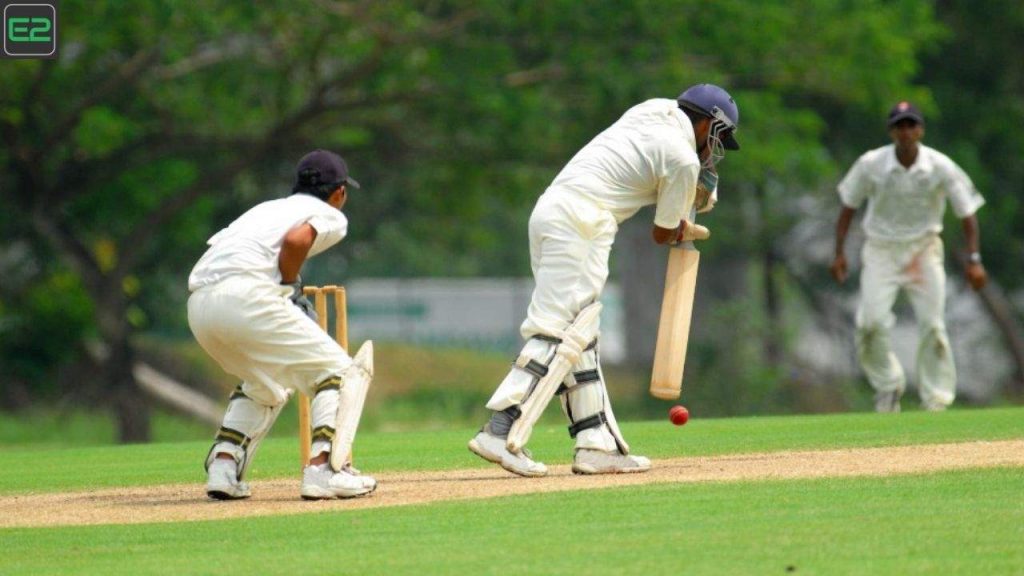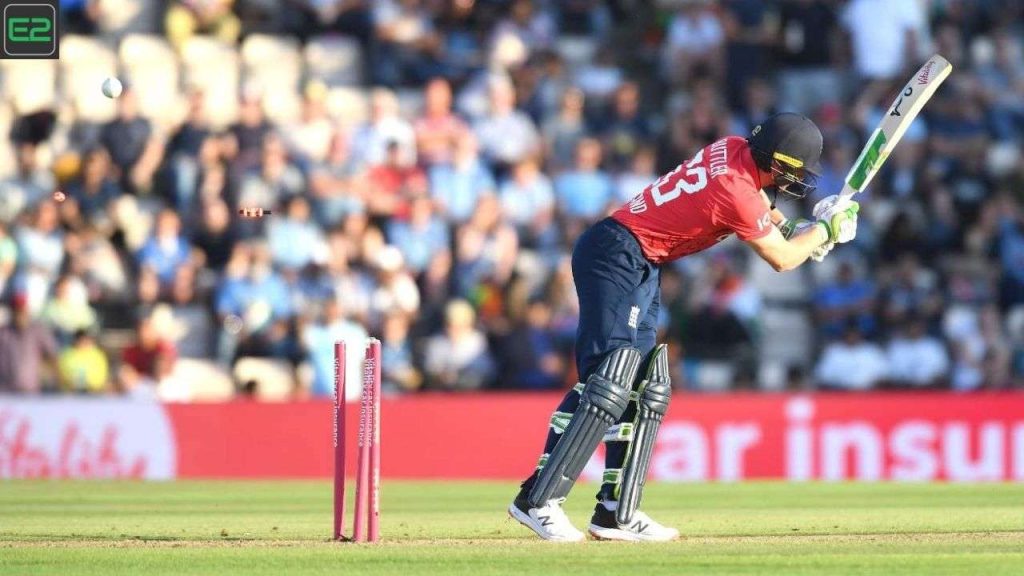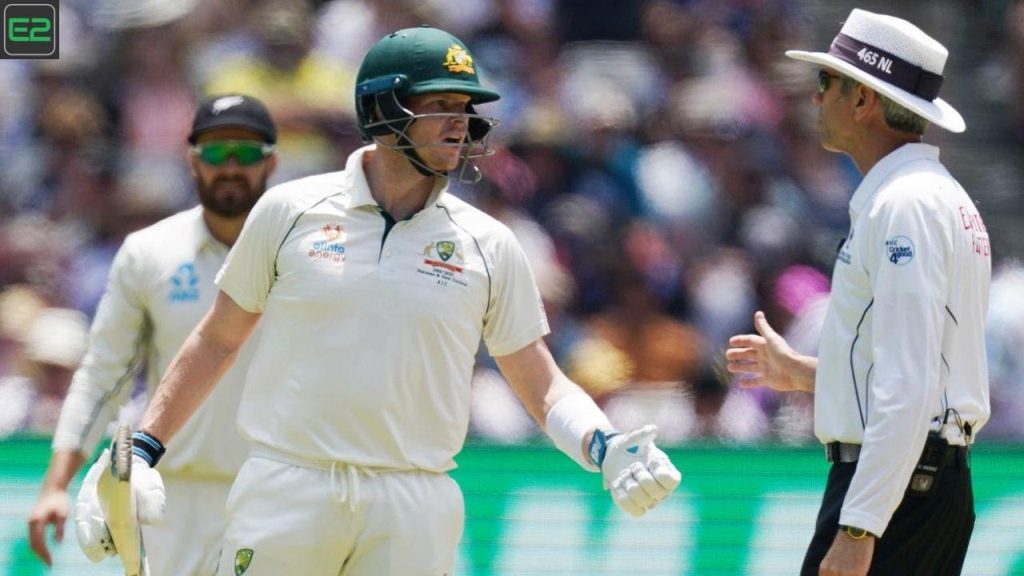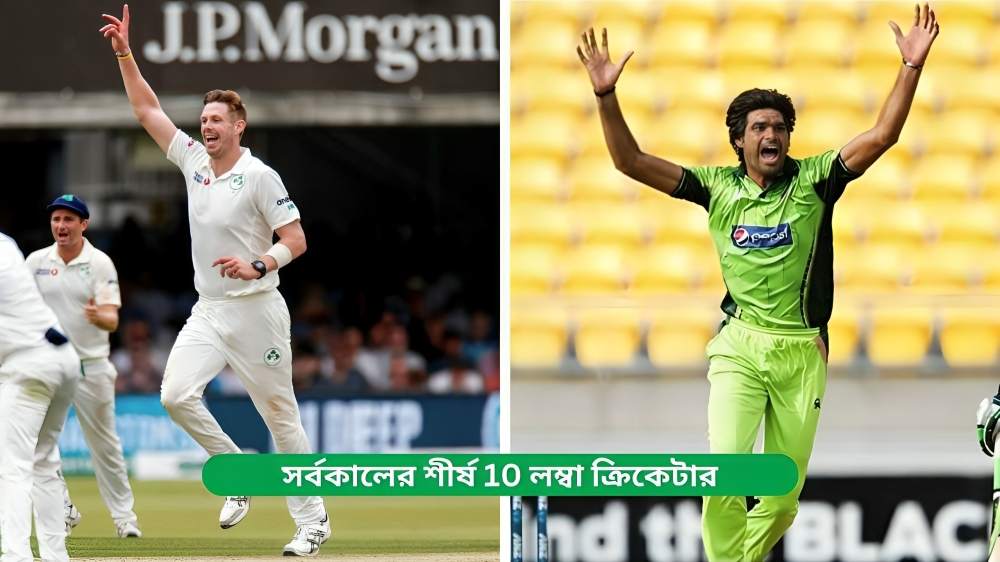PSL Teams: The Pakistan Super League (PSL) has rapidly emerged as one of the most popular T20 cricket leagues globally since its inception in 2016. With high-quality cricket, a mix of local and international talent, and a passionate fan base, the PSL has transformed the landscape of cricket in Pakistan and the broader cricketing world. As a franchise-based tournament, the financial performance of the teams participating in the PSL is crucial, and many wonder how much PSL teams make.
PSL Teams: In this article, we will break down the revenue streams for PSL teams, the factors influencing their income, and how the financial model of the league affects the overall profitability of these teams. We will also explore how much PSL teams earn from broadcasting rights, sponsorships, ticket sales, and player-related earnings. By understanding these aspects, one can get a clearer picture of how much the franchises in the Pakistan Super League make.
Revenue Sources For PSL Teams
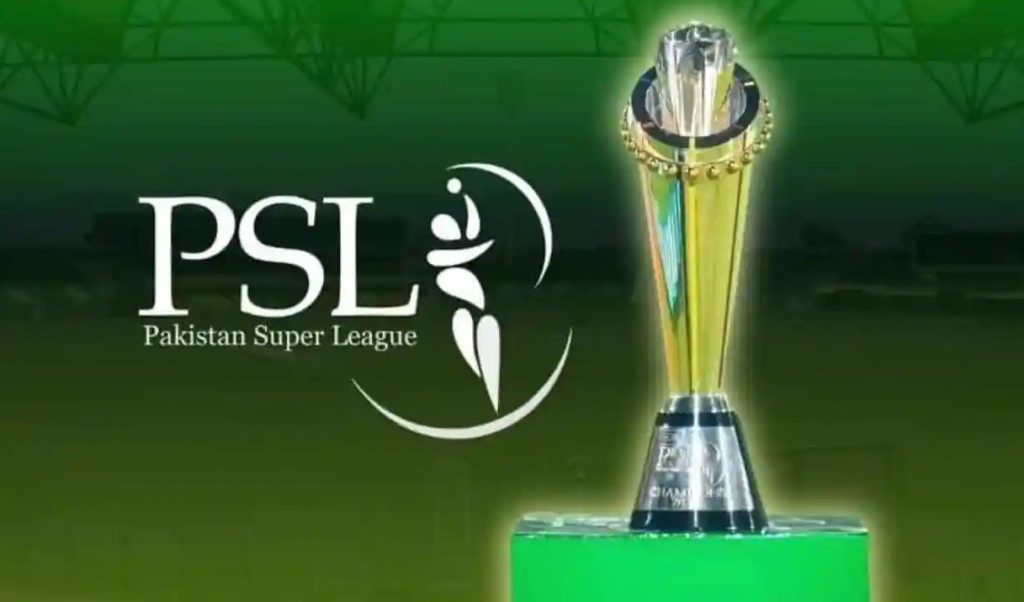
PSL teams generate income from several key sources, including:
- Broadcasting Rights
- Sponsorships and Partnerships
- Ticket Sales and Matchday Revenue
- Prize Money
- Merchandise Sales
- Player Auctions and Player Salaries
These revenue sources are interconnected, as the popularity of the tournament and the performance of a team directly affect the amount of money a franchise can generate. Let’s take a detailed look at each of these revenue streams.
1. Broadcasting Rights
Broadcasting rights are the most significant source of revenue for PSL teams. The league itself signs contracts with broadcasters, and the revenue from these deals is distributed among the teams. The Pakistan Cricket Board (PCB) has secured lucrative broadcasting deals with both local and international networks to air the PSL across different regions.
How Broadcasting Rights Affect Team Earnings
Each PSL franchise earns a share of the revenue generated from broadcasting deals. For instance, in the 2020 season, the total broadcasting revenue from the PSL was estimated to be around PKR 4.5 billion (approximately USD 30 million). This revenue is split among the PCB, the franchises, and other stakeholders.
Each team gets a portion based on its participation in the league. Teams that perform well and make it to the latter stages of the tournament, including the final, may earn a higher share of the broadcasting revenue due to the increased visibility and viewership. The broadcasting revenue distribution model is generally weighted toward the league as a whole but benefits teams significantly.
Estimated Revenue From Broadcasting (Per Team)
| Source | Revenue (PKR) | Revenue (USD) | Remarks |
|---|---|---|---|
| Total Broadcasting Revenue | 4.5 billion | 30 million | Estimated value of the PSL broadcasting deal (2020). |
| Average Revenue Per Team | 400 million | 2.7 million | Average share for each team (subject to performance). |
2. Sponsorships And Partnerships
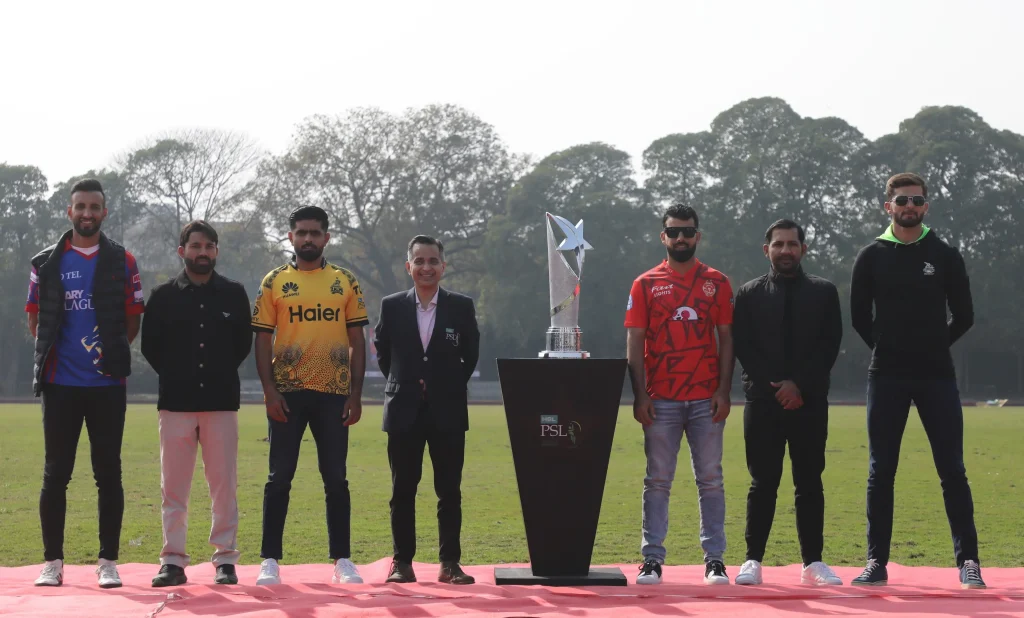
Sponsorships are another major revenue stream for PSL teams. Brands want to align themselves with popular cricket teams, and the growing viewership of the PSL offers substantial opportunities for advertisers. Sponsors pay significant amounts to have their logos displayed on team kits, around the stadium, and in various other media channels associated with the league.
Each team in the PSL signs individual sponsorship deals with companies for kit sponsorships, digital advertising, and other promotional activities. These deals often include multiple categories, such as:
Title Sponsors: For example, teams like Karachi Kings and Lahore Qalandars have secured title sponsors, who pay for the primary branding rights.
Official Partners: These include companies that partner with the teams for promotional and digital campaigns.
Commercial Partners: Commercial deals might also extend to social media campaigns, fan engagement, and additional advertising efforts.
Estimated Sponsorship Revenue Per Team
| Source | Revenue (PKR) | Revenue (USD) | Remarks |
|---|---|---|---|
| Total Sponsorship Revenue | 2-3 billion | 13-20 million | Includes all forms of sponsorship for the league. |
| Average Sponsorship Revenue per Team | 250-300 million | 1.5-2 million | Varies based on the team’s brand value and sponsors. |
3. Ticket Sales And Matchday Revenue
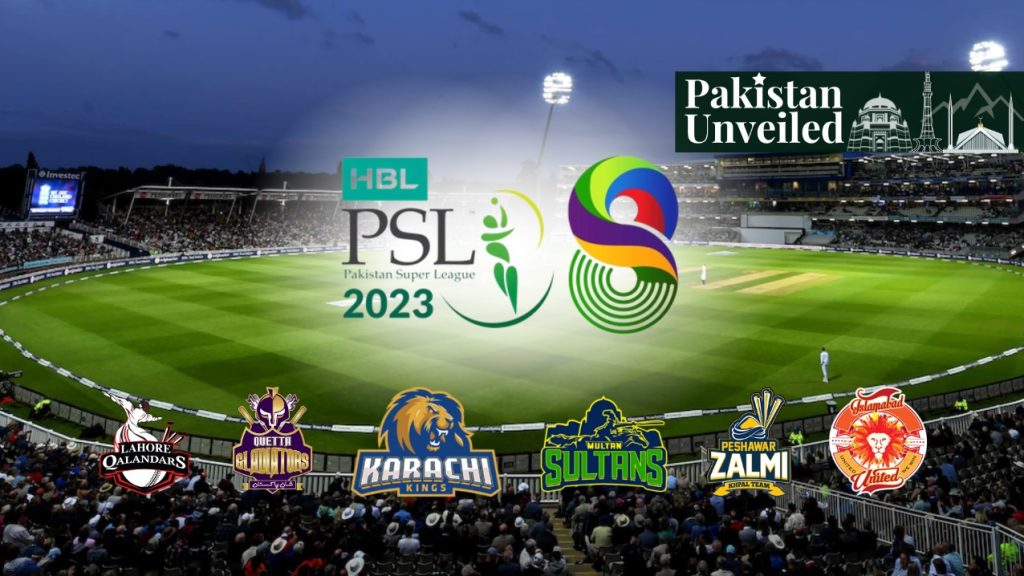
Matchday revenue, including ticket sales, is an important source of income for PSL teams. The league has witnessed a significant rise in attendance over the years, with some matches being sold out due to the increasing popularity of the competition. The average ticket price for a PSL game varies based on the location, the team’s fan base, and the popularity of the match.
In general, teams that host more matches or have a larger fan base in a specific city generate more income through ticket sales. The revenue from tickets is shared between the franchises, the PCB, and the stadium owners, but the percentage each franchise receives is determined by their agreement with the PCB.
Average Matchday Revenue Per Team
| Source | Revenue (PKR) | Revenue (USD) | Remarks |
|---|---|---|---|
| Average Ticket Revenue per Match | 10-15 million | 60,000–100,000 | Dependent on stadium capacity and ticket price. |
| Revenue per Team (Entire Season) | 200-300 million | 1.2-2 million | Based on attendance and home games played. |
4. Prize Money
PSL teams also earn money based on their performance in the tournament. The prize pool for the PSL winner has been substantial since the league’s inception. The team that wins the tournament receives a significant sum of money as part of the prize money, which also includes financial incentives for finishing in various stages of the tournament.
Prize Money Breakdown
| Position | Prize Money (PKR) | Prize Money (USD) | Remarks |
|---|---|---|---|
| Winner | 10 million | 60,000 | The champion team receives a significant prize. |
| Runner-Up | 5 million | 30,000 | The second-place team also earns a substantial sum. |
| 3rd Place | 2.5 million | 15,000 | The team finishing in 3rd also gets rewarded. |
5. Merchandise Sales
PSL teams generate additional revenue through merchandise sales. Team jerseys, caps, and other branded items are popular among fans, and merchandise sales have become a significant revenue stream for the teams. The success of a team, its players, and its fan engagement strategy plays a crucial role in driving merchandise sales.
Revenue from merchandise can vary greatly depending on the team’s popularity, success in the tournament, and fan base. For example, teams like Karachi Kings, Lahore Qalandars, and Peshawar Zalmi have a massive following, resulting in higher merchandise sales.

Merchandise Revenue Per Team
| Source | Revenue (PKR) | Revenue (USD) | Remarks |
|---|---|---|---|
| Total Merchandise Revenue | 150-200 million | 1-1.2 million | High sales for popular teams with a loyal fan base. |
| Average Merchandise per Team | 20-30 million | 120,000-180,000 | Dependent on team popularity and sales strategies. |
6. Player Auctions And Player Salaries
Each PSL franchise signs players during the annual auction. While the players’ salaries are typically a major expense for the teams, there is also potential for revenue generation through smart player signings. Well-performing players can attract more fans, generate more sponsorship deals, and increase media exposure, leading to higher revenues.
In the auction, players are sold based on their category (Platinum, Gold, Silver, or Emerging), and the franchises bid for them. This process can result in significant revenue growth for teams if they manage to attract high-performing or marketable international players.
The financial performance of PSL teams is influenced by several factors, including broadcasting deals, sponsorships, ticket sales, and matchday revenues. While the PSL is still in its infancy compared to older leagues like the IPL, it has shown remarkable growth in terms of revenue generation. Teams can expect to make anywhere from PKR 300 million to PKR 500 million (USD 2 to 3 million) annually from broadcasting rights, sponsorships, and matchday sales, with additional income from prize money and merchandise sales.
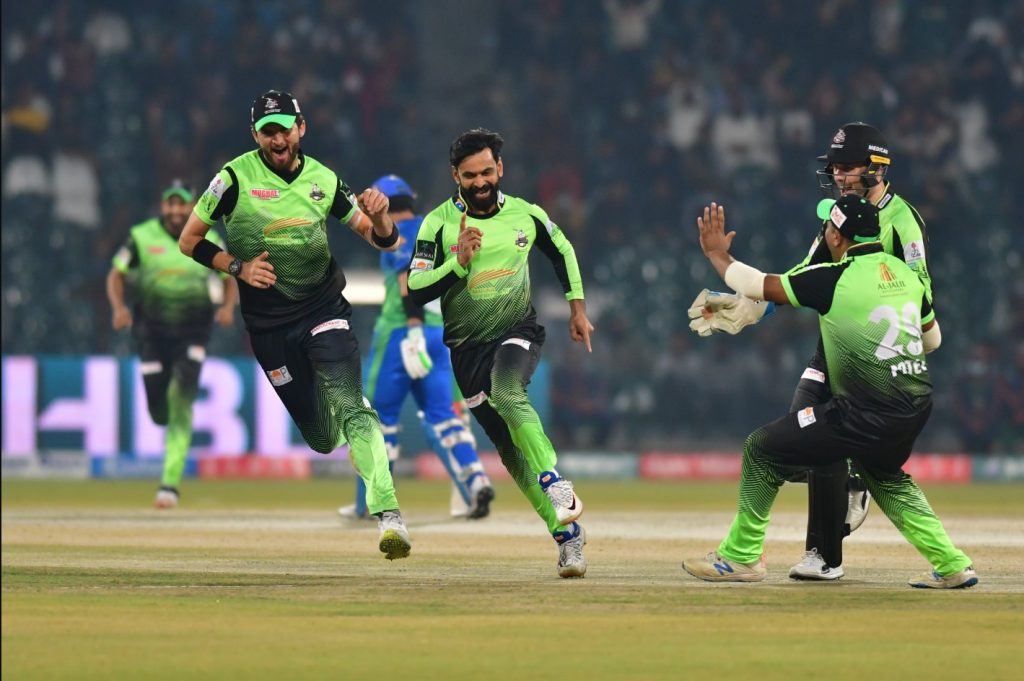
As the league continues to grow in popularity, we can expect the revenue for PSL teams to increase, making the competition even more lucrative for investors and franchises. In the coming years, the PSL could well challenge the financial dominance of other leading T20 leagues, with its ever-expanding fan base and commercial success.


